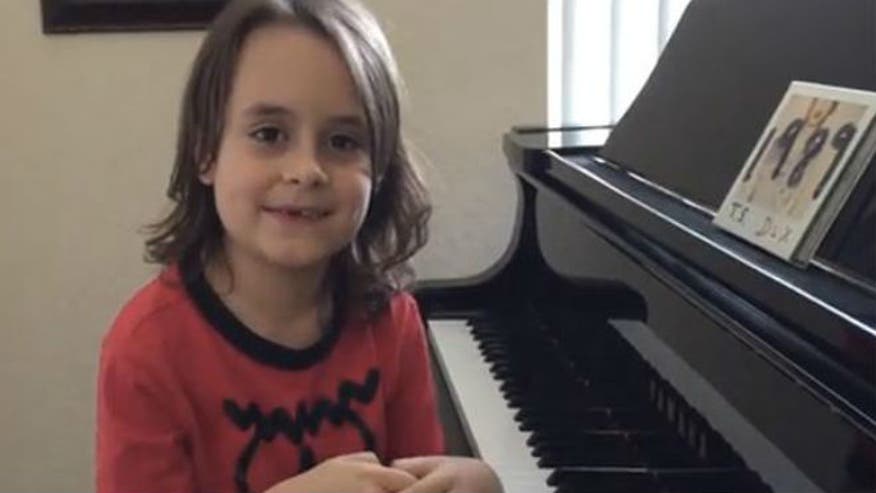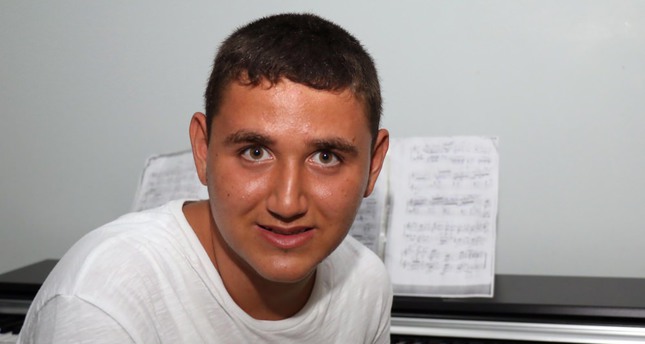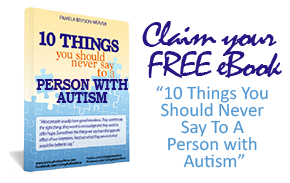
This is 7 year old Jacob Velazquez playing his Taylor Swift Piano Medley from her new album 1989. Jacob loves Taylor’s music & dreams of jammin with her one day! Jacob was diagnosed with autism at the age of 4, but that hasn’t stopped him from pursuing his gift of music.
Taylor Swift sent a sweet message to a 7-year-old fan on Wednesday after watching a video of him playing a piano medley of her songs.
Jacob Velazquez, who lives in Florida, was diagnosed with autism when he was 4 years old. A gifted pianist, he listens to Swifts albums daily and watches her videos constantly, his mother, Lisa Velazquez, wrote in a guest post on the Autism Speaks website.
“He dreams (literally has dreams) of meeting her every night,” Lisa wrote. “I have explained to him that she has millions of fans who would all love to meet her.”
Souce: FoxNews










